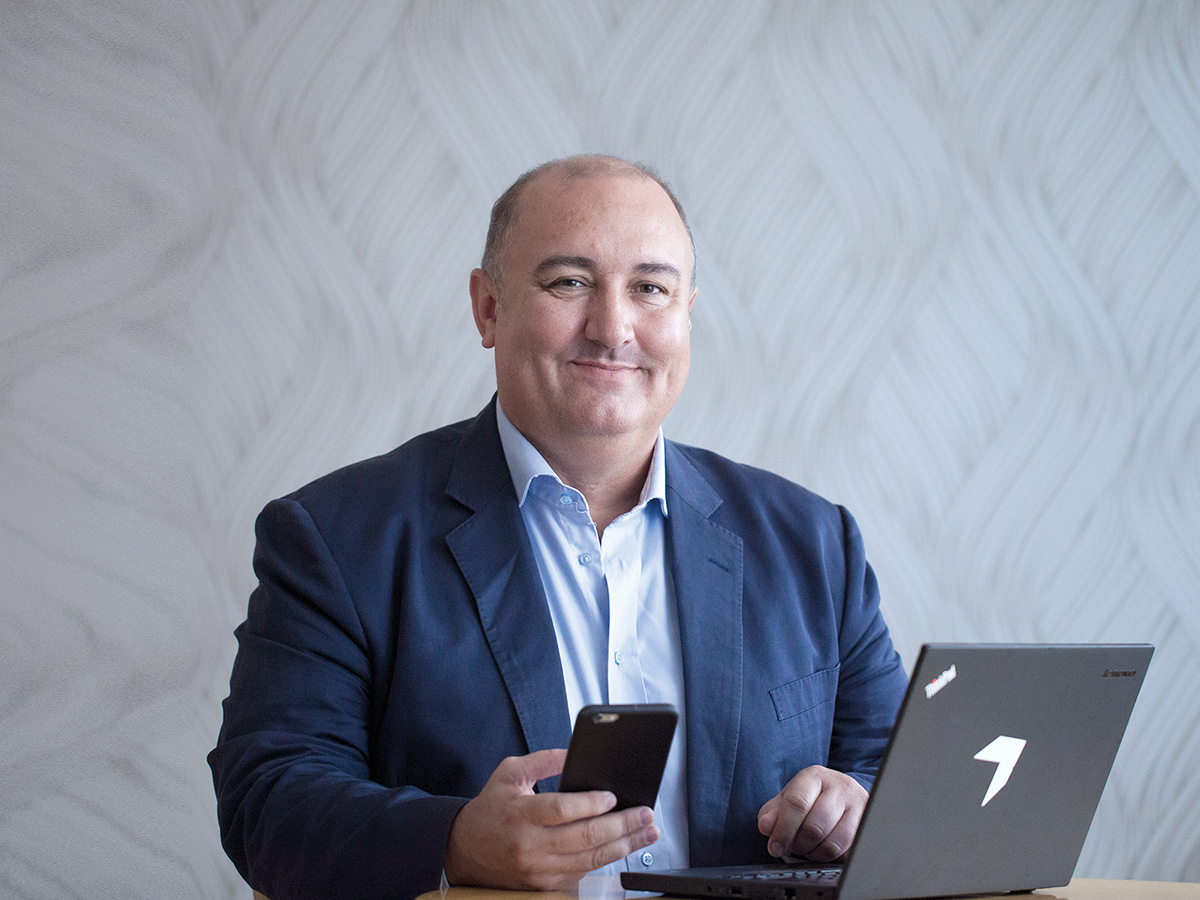Making innovation meaningful

Like many words these days, the word ‘innovation’ has lost a lot of its currency through overuse. There are many such words that this happens to - ‘genius,’ ‘patriot,’ ‘artisanal,’ ‘disruptive’ and ‘free’ come to mind - so it’s unfortunate to see it happen to a term I have in my job title. But it’s important to note the difference between ‘innovation’ as a marketing term and ‘innovation’ as the process by which new things are made. It’s also important to note that while it’s easy to make light of a word, it’s a lot harder to come up with solutions to help an industry in the midst of turmoil.
Innovation tends to come in two flavours - the kind of innovation that gets a lot of attention is the moon-shot, exponential-growth, change-the-world-with-one-click kind. But gradual improvements are just as important, especially when they occur inside a framework that allows them to happen continually. That’s what open source leader Eric S. Raymond had in mind when he contrasted ‘the cathedral’ of controlled, top-down development to the freewheeling environment of ‘the bazaar.’
Innovations move in all directions
One of the reasons we started Sourcefabric in the first place was that we believe the process of innovation isn’t a one-way street, from developed countries to developing countries. Innovations move in all directions, and use cases that are formed on the edges can make their way to the center. We not only see it happen, but are actively taking steps to ensure this occurs.
There are three activities in Sourcefabric’s Innovations portfolio: media development, donor-funded projects and experimental projects. Each of these could not exist without the others. We were able to bring to bear learnings from our previous work - both positive and negative, and managed to place design thinking methodologies at the center of our projects. Many of our experimental projects find their way on to the market, or into larger projects.

Doing the news the open source way
With its emphasis on empathy, design thinking has proven to be a very effective methodology for Sourcefabric’s innovation projects, both in terms of understanding problems as well as coming up with effective solutions. We’ve found it to be useful in both projects like Verified Pixel and also in assessing which new projects we should attempt.
Prototyping image verification
The Verified Pixel project, the prototype of which was begun and completed in 2015, was significant in several ways.
Verified Pixel is an application which makes the job of verifying images easier by automating certain key steps of the process. It was designed and built in cooperation with leading experts in the fields of image forensics and user-generated content. It was built on top of Superdesk, which helped to finish it in a very short timespan and on a minimal budget. In the process of making Verified Pixel, we were also fortunate to apply design thinking principles, which helped greatly to focus on the problems that were most important.
Telling beautiful stories
Other projects in 2015 included the release of the Storyteller tool for longform multimedia storytelling. Originally released as a theme for our Newscoop CMS, Storyteller is now used in the daily production of several media organisations, who report very positive feedback for its high-impact visuals. We did a fair amount of research into technologies that could make it into future tools, such as machine vision and neural networks.
Here is an example from our FWD:media winner, Ctxt, using Storyteller to report about the Chernobyl 30th Anniversary in 2016.

Next steps
For 2016 and beyond, we will focus on addressing the needs of media organisations, both current and anticipated. We will definitely focus on getting Superdesk into newsrooms that desperately need its flexibility and power, and that holds doubly true in developing and post-conflict countries. While we can never be sure of what the future will hold, we do know that what we make will be consistent with our values: open, collaborative and with empathy at the core of everything we do.
